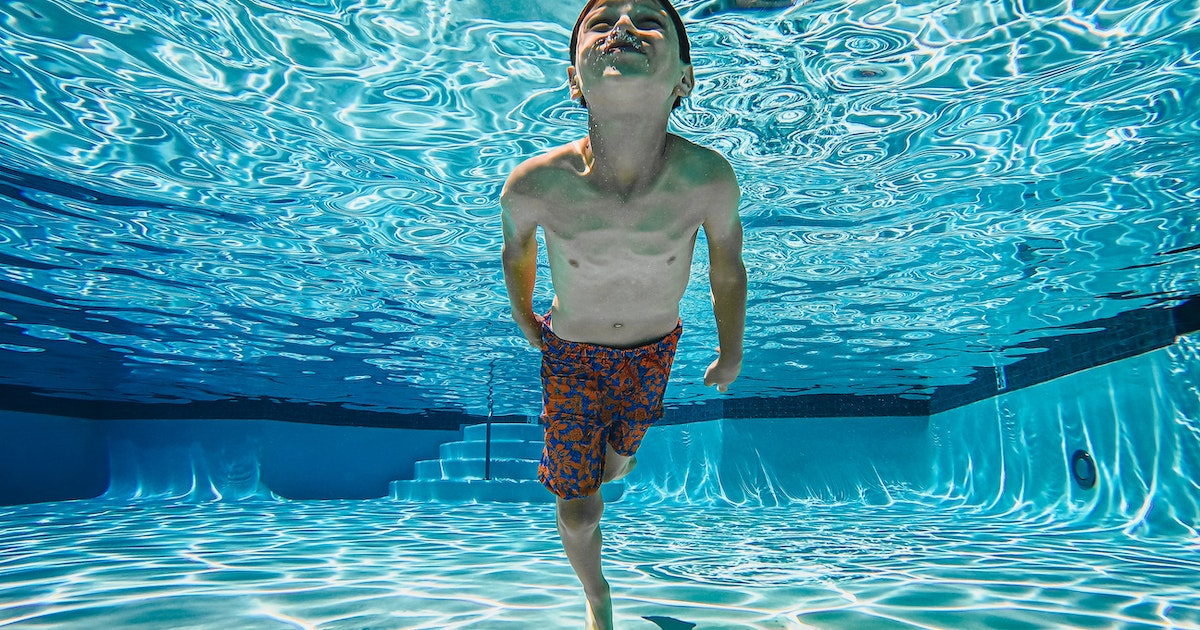As summer approaches and swimming becomes a popular activity, concerns about the transmission of head lice often arise. There are numerous misconceptions and myths surrounding head lice and swimming, causing unnecessary worry for many people.
To help you enjoy your summer, let’s separate fact from fiction and provide accurate information about swimming and head lice transmission. Understanding the truth can help alleviate concerns and allow you to enjoy your swimming activities with peace of mind.
Fact 1: Head Lice Cannot Swim or Survive Underwater
One common misconception is that head lice can survive in water or swim from one person’s head to another. The truth is that head lice cannot swim underwater. They are specially adapted to cling tightly to hair strands and cannot navigate in water. When immersed in water, lice enter a state of immobility and are unable to transfer from one person to another.
Fact 2: Direct Head-to-Head Contact is the Primary Mode of Transmission
The most common way head lice spread is through direct head-to-head contact with an infected person. Lice crawl from one person’s hair to another’s when there is close and prolonged contact. This can occur during activities such as hugging, taking group photos or sharing personal items like hats, combs or headphones.
Fact 3: Transmission in Swimming Pools is Rare
Head lice transmission in swimming pools is extremely rare. Chlorine and other pool chemicals make it difficult for lice to survive. Additionally, the chaotic nature of water activities and the absence of head-to-head contact limit the opportunity for lice to transfer. While it’s theoretically possible for lice to transfer in specific scenarios, it’s highly unlikely to happen in a typical swimming pool setting.
Preventive Measures for Peace of Mind
Even though it’s not likely for lice to spread in a swimming pool, there are still steps you can take to reduce the risk further.
- Avoid Sharing Personal Items. To minimize the risk of head lice transmission, avoid sharing personal items like hats, hairbrushes, towels or headsets.
- Tie Up Hair. Keep your hair tied up or braided when swimming to reduce the chances of direct head-to-head contact.
- Perform Regular Head Checks. Regularly check your scalp and hair for any signs of lice, such as live lice or eggs (nits). Early detection allows for prompt treatment.
- Encourage Good Hygiene Practices. Teach children about personal hygiene practices, including avoiding head-to-head contact with others and not sharing personal items.
Enjoy Swim Time this Summer – Head Lice are Not Likely to Spread
Swimming and head lice transmission are not closely linked. While head lice can spread through direct head-to-head contact, transmission in swimming pools is highly unlikely. By understanding the facts and implementing simple preventive measures, you can enjoy swimming activities with confidence this summer!
If your child does turn up with head lice over the summer, it’s likely from an infested child they were with, such as at camp, during a playdate or while playing sports. My Hair Helpers has you covered with our full line of head lice products made from natural ingredients like yeast enzymes and peppermint oil. Find our products on our Shop Here Now tab or on Amazon with fast and free shipping for Prime members!


